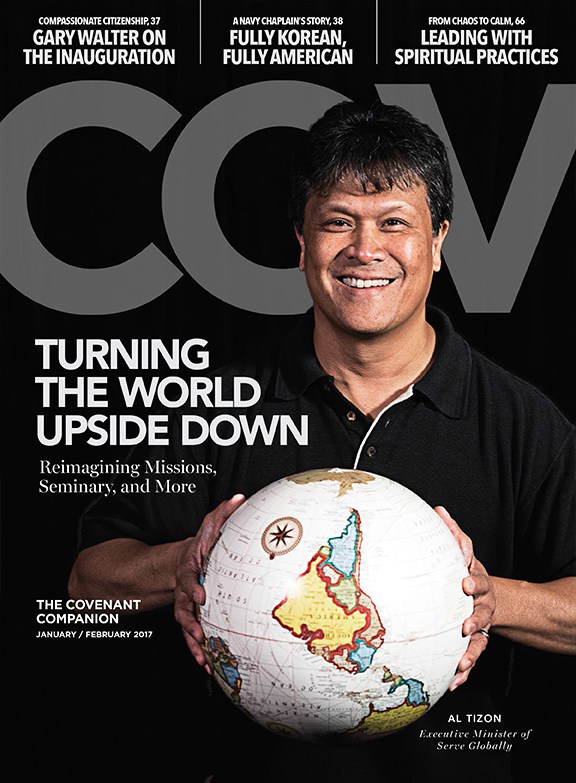 Sure, that’s a click-baity title, but it got you to read, right? (Never mind that there’s no clicking in print media, you knew what I meant.)
Sure, that’s a click-baity title, but it got you to read, right? (Never mind that there’s no clicking in print media, you knew what I meant.)
Forgive the crass opening, but that’s an attitude I’ve seen from church leaders sometimes. Whatever brings the people in, do it! This attitude is especially prevalent when it comes to worship music, because many of us view the music as the most accessible portion of the service for a newcomer. Liturgy may be an acquired taste, but anyone can appreciate a rockin’ beat or a nice groove, right?
The problem is this – I’ve heard it said that whatever you do to get people in church, you’ll have to continue doing it to keep people in church. If you pull out all the stop for Christmas or Easter and then the following week, it’s back to mediocrity-as-usual, people will see right through that.
What bothers me the most about this approach is that it seems like treating a broken arm with chemotherapy – it’s a legitimate solution to the wrong problem. Sometimes pastors or other church leaders see people looking disengaged, distracted, or uninterested during the worship music, and they correctly intuit that there’s a problem, but incorrectly assume that the solution is to make the music “better” – usually a culturally specific euphemism for “bigger, louder, faster, and/or more stylistic.”
I realize that sounds odd coming from me, because I usually spend a lot of time talking about making music bigger, louder, faster, and/or more stylistic. Because of my passion for cross-cultural worship, I know that there’s definitely a place for improving worship music, which often includes working on technical excellence, instrumental dexterity, and artistic expression. But there’s another, more fundamental problem that escapes our attention.
I think it’s hard to get people to be fully present during worship music, because in our society, people are rarely fully present for music in general. Not that people don’t like music – most of us would say we love music – but we often see it as a value-added experience, meant to be enjoyed as a complement to something else. We’ve been conditioned to listen to music while we eat, work out, do chores, shop for groceries, wait in line or on hold, finish homework, etc.
Is it any wonder, then, that people tend to view worship music as the optional prelude to the “main event” of the sermon?
What would happen if we took all of our cultural practices regarding worship music and swapped them with all our cultural practices regarding prayer? Imagine if we encouraged people to move around, clap, and sway during prayer, and made it normal to respond to prayer in real time by raising our hands. Imagine if we held hands, bowed our heads, and let a hush fall over the room, before launching into a song of worship.
Imagine overhearing this after church: “Oh seriously, I love hearing her pray. Her voice, the way she calls out to God on behalf of those in need, it just gives me chills.”
Or, “Well sure, I don’t mind praying in front of my friends, but having them sit through worship? I don’t know if they’re ready for that.”
My point is not that worship music is more important than prayer, or vice versa. I just think that sometimes, because of the performance elements inherent in worship music, we fail to give it the same level of reverence or emotional presence that we might give prayer.
“God gave us music that we might pray without words,” says the old German opera house quote. So why not make our music more prayerful, and our prayers more musical?
I look forward to the day when a church service ends with these words: “In Jesus’ name…drop that bass.”

Insightful thought. Thanks, Jelani.